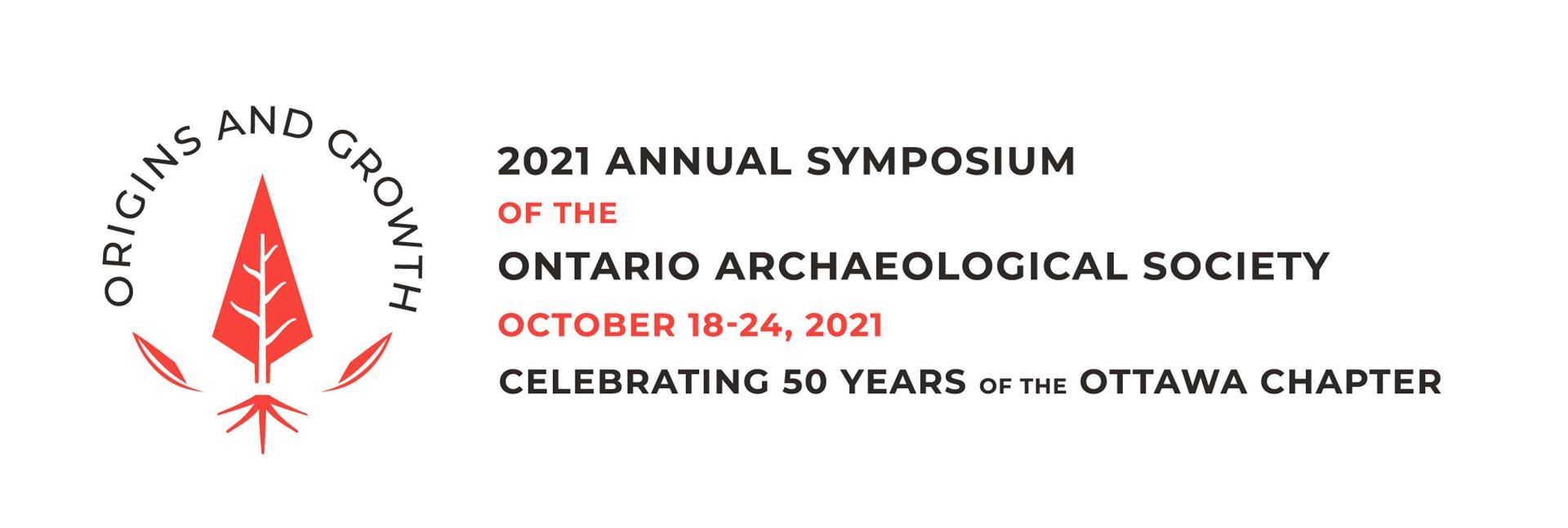|
Session Abstracts
Origins of Loss: The Growth of Coastal Erosion along the Waterways in Central Canada
Chair: Pierre Desrosiers
Erosion Issues on Archaeological Sites at the Heart of a National Park
Marianne-Marilou Leclerc, Archaeologist, Lake Témiscouata National Park
Marie-Eve Morissette, Archaeologist, Wolastoqiyik Wahsipekuk First Nation
From its beginning, continuous inspections and monitoring by archaeologists at Lake Témiscouata National Park have made it possible to track the state of several archaeological sites at the heart of the park. Unfortunately, erosion phenomena have been observed on some of these sites and the loss of archaeological data is inevitable each year. As Lake Témiscouata National Park is located in the center of the un-ceded ancestral territory of Wolastoqiyik Wahsipekuk First Nation, it made sense to begin a collaborative initiative between both organizations. In order to address the concerns of both project partners, we implemented an erosion measurement project with the goal of collecting data on the phenomenon. It is hoped that these data will help to guide the care and protection of these sites for the future. This presentation will discuss this unique region, the details of the collaborative erosion measurement project, and our questions and reflections for the future.
The Dangers Faced by the Richelieu River Underwater Cultural Heritage
Marijo Gauthier-Bérubé, Musée du Fort Saint-Jean, Saint-Jean-sur-Richelieu, QC
The Richelieu River has been the core of its region’s socio-economic development as shown by its rich maritime heritage. From 2016 to 2018, our project allowed the discovery of new sites and the reinterpretation of others. However, these sites are now endangered by ice, fluctuating levels of the river, shoreline erosion, and the general challenges faced by underwater archaeology in Québec. As we are planning a second phase to further investigate and document the sites, we are facing new challenges, both in and out of the water, to which solutions are on their way.
An Archaeological Perspective to the Erosion of Ancestral W8banakiak Sites on the Saint-François and Bécancour Rivers
Nicolas Pinceloup, Bureau du Ndakina, Waban-Aki Grand Council, Wôlinak, QC
Louis-Vincent Laperrière-Désorcy, University of Toronto
The Alsig8ntegw (Saint-François river) and W8linaktegw (Bécancour river) have been used, since time immemorial, by the W8banaki First Nation as a north-south passageway through their ancestral territory, the Ndakina. Preliminary studies have identified up to 69 archeological sites along these rivers, some of which date back 12,000 years before present. Repeated climate change-induced episodes of “frost-defrost” on Alsig8ntegw and W8linaktegw have drastically increased the erosion of their riverbanks. Archeological sites and areas of cultural and archeological interests along these rivers are now at risk of disappearing. In answer to this phenomenon, the Bureau du Ndakina team (from the Waban-Aki Grand Council) has begun a thorough characterization of both rivers using indigenous expertise in various disciplines such as archeology, geomorphology, and historical studies. One hundred and three zones were selected for their high archeological potential and were visited during the summer of 2020 to characterize their vulnerability to erosion processes. An erosion vulnerability index was developed following fieldwork and is used in the implementation of follow-up protocols. This index allows us to recognize rapidly disappearing sites and high potential areas and help guide rescue archaeology operations at the Bureau du Ndakina.
Transforming Landscapes at Severn House (GlIv-1)
Jean-Luc Pilon and Katherine Davidson, Carleton University, Ottawa, ON
The erosion taking place at GlIv-1 (Severn House) has been observed and documented through photography, satellite imagery, HBC post journals and cartography, and first-hand observation. By analyzing such records, we can see a continuous process of erosion since the post was established in 1759. Severn House is put at risk by several factors that have contributed to, and accelerated, the erosion of the Severn River: natural processes such as river dynamics, but also permafrost loss and changes in freeze-thaw cycles that may be due to climate change, urban development, deforestation and other human activity. Such erosion also places at risk the modern community of Fort Severn First Nation, as seen through the decommissioning of several buildings along the top of the riverbank. While there have been different attempts at mitigating this erosion through the 262 years of the post’s existence, more is urgently needed to reduce the impact on the community and its heritage resources.
